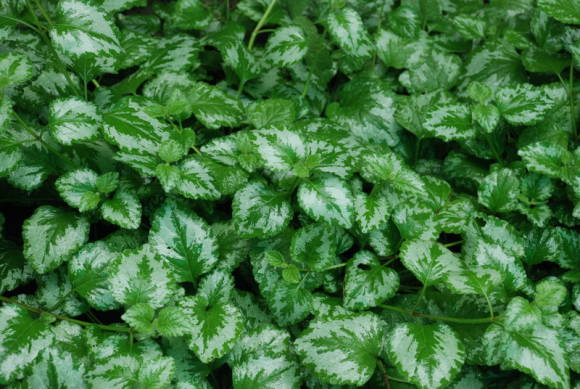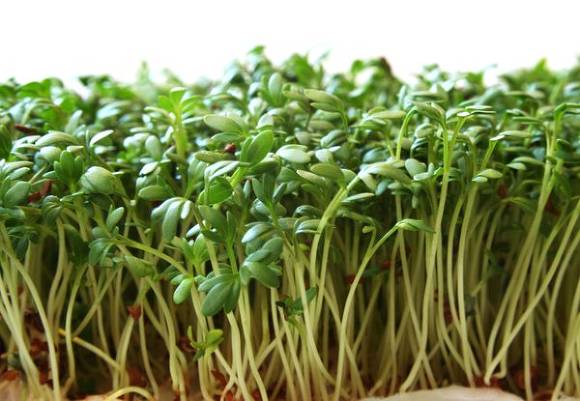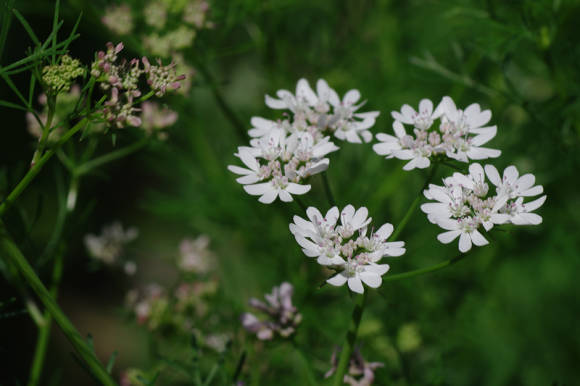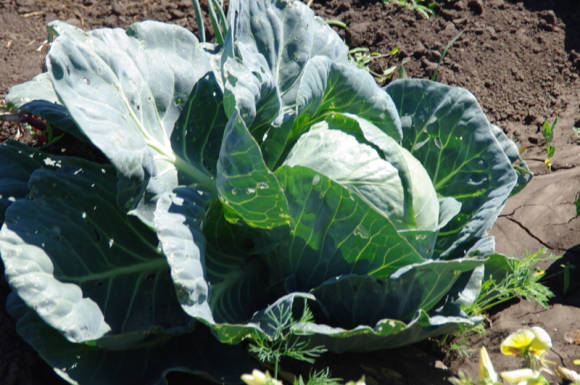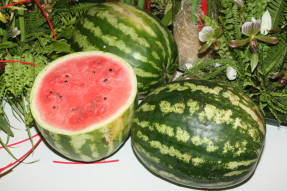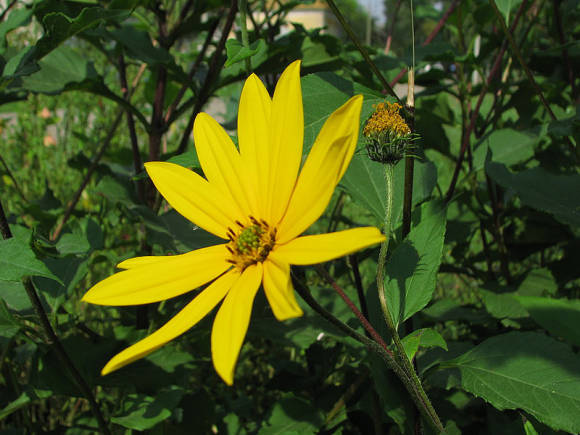
They appear in early spring, some of them right out of the snow, without fear of frost. Sometimes they are called snowdrops, without understanding who is who. Basically, these are bulbous plants, in which, starting from autumn, processes are underway that prepare for future flowering. Therefore, as soon as the temperature reaches a certain level, they appear, unable to contain the vitality boiling in them. Modest in appearance, after the winter, which has taught us to only white paint, they seem very beautiful. For a stronger decorative effect, primroses are best planted in large groups. Many of them have been known to us since childhood, and we have met some recently.

Snowdrop or galanthus (Galathus) from the amaryllis family (Amaryllidaceae) is known, of course, to everyone. In the colorful whirlwind of summer flowering, we probably would not have noticed its modest appearance. And in early spring, sometimes growing out of the snow, we are delighted with thin graceful peduncles with white flowers of six leaves. The outer leaves are oval or ovoid, the inner ones are about half as long as the outer ones, with a notch, with a green or yellow spot. The homeland of snowdrops is Europe and Western Asia. There are 18 known wild snowdrop species. Several dozen varieties have been bred on the basis of these species.
It is best to grow Galanthus on loamy, well-fertilized soil. Can also be grown on calcareous soils. Snowdrops grow both in open spaces and in partial shade. In no case should they be fertilized or planted in soil recently filled with fresh manure (this applies to all bulbous plants). Snowdrops are propagated vegetatively by dividing the nests of the bulbs. Digging is carried out after 5-6 years of cultivation in one place. This is usually done after flowering or at the end of the growing season. Seed reproduction is also possible. Sometimes self-seeding gives.
Proleska or scylla (Scilla) Is an elegant perennial bulbous plant from the lily family (Liliaceae) with blue, blue (less often purple or white) flowers, collected in a loose raceme. It blooms at the same time as the snowdrop, so it is sometimes called the "blue snowdrop". Grows wildly in Africa, southern Europe, Asia. About 80 species of woodland are known. There are species that bloom in autumn. Prefers loose soil, moist, with leafy humus. Grows best in partial shade. Propagated vegetatively - by daughter bulbs. It grows in one place for 5-6 years. Seed propagation is also possible (with freshly harvested seeds), seedlings bloom for 3-4 years. Sometimes self-seeding gives.
 |  |

Several types of muscari and dozens of varieties are used in horticulture. Propagated vegetatively (by daughter bulbs). Transplantation and division are carried out as it grows, usually after 4-5 years. The bulbs are planted in the fall. Seed reproduction is also possible. Seeds (preferably freshly harvested) are sown before winter, in spring the emerging seedlings dive at a distance of 2-3 cm, seedlings bloom in 4-5 years of cultivation.
Iridodictium (Iridodictyum) - the name is not very familiar to our ears, but meanwhile, outwardly, it is a familiar iris. Iridodictium was distinguished by botanists from the iris genus as an independent genus. Instead of the traditional rhizome for iris, it has a bulb, which is why it is sometimes called bulbous iris. Refers to the same as iris to the family of iris or iris (Iridaceae). Found in Asia and Transcaucasia. About 10 species of iridodictium are known. Varieties with various flower colors have been bred: purple, white, blue, purple, brown and others. Prefers dry, open, sunny places without stagnant moisture, fertile soils. Can grow on the lawn.Propagated vegetatively, by daughter bulbs. Seed reproduction is also successful.
Crocus, or saffron(Crocus) from the family Iris or Iris belongs to the group of corms. Grows wildly in Europe and Asia. About 80 species are known. The crocus has a very interesting flower - a funnel-shaped single flower appears from the bulb on a long narrow tube (it is formed from accrete perianth lobes). Sometimes a crocus has two or three flowers. The color of the flowers is very diverse: white, blue, yellow, purple, with stripes. In cloudy weather and in the evening, the flowers close. Many varieties have been developed. In addition to spring-flowering crocuses, there are autumn-flowering species, and, accordingly, varieties bred with their participation. They prefer light, loose, fertile soil with a good drainage layer.
Crocuses are propagated vegetatively, by small corms, which are formed around the main replacement bulb, which is renewed annually. Crocuses grow in one place without transplanting for 2-3 years. Seed reproduction is also possible. Seeds (freshly harvested) are sown before winter, planted in the second year of cultivation at a distance of 3-4 cm, seedlings bloom for 3-4 years. Interestingly, spices, medicines and incense were made from saffron even before our era. But, most importantly, a yellow dye was made from it, which was used for fabrics from which garments for kings and emperors were sewn.
 |  |  |
And further. It was for the snowdrops that the evil stepmother from the famous fairy tale sent her stepdaughter into the forest in winter. And maybe not in vain. Indeed, many bulbous, corms and tuberous plants, including those listed above, are suitable for forcing, and (with special preparation) they bloom even in indoor conditions. So, although not in the forest, but a hardworking stepdaughter could well get hold of snowdrops in winter.
In addition to the above, there are still many perennial plants flowering in April-May, like bulbous ones:Puschkiniascilloides), Turkestan tulip (Tulipaturkestanica), late tulip (Tulipatarda), daffodil brandy (Narcisussbulbocodium), colchicum (Colchicum) - spring flowering species, spring white flower (Leucojumvernum), various types of erythronium, orkandyka (Erythronium), umbrella poultry (Ornithogallumumbellatum), and those related to other groups: shaved (Aubrieta), arabis (Arabis), alissum (Alyssum), alpine aster (Asteralpinus), badan (Bergenia), various types of primrose (Primula) and others. With the right choice of plants according to the color scheme and taking into account their growing requirements, you can admire the luxurious garden even in early spring.

